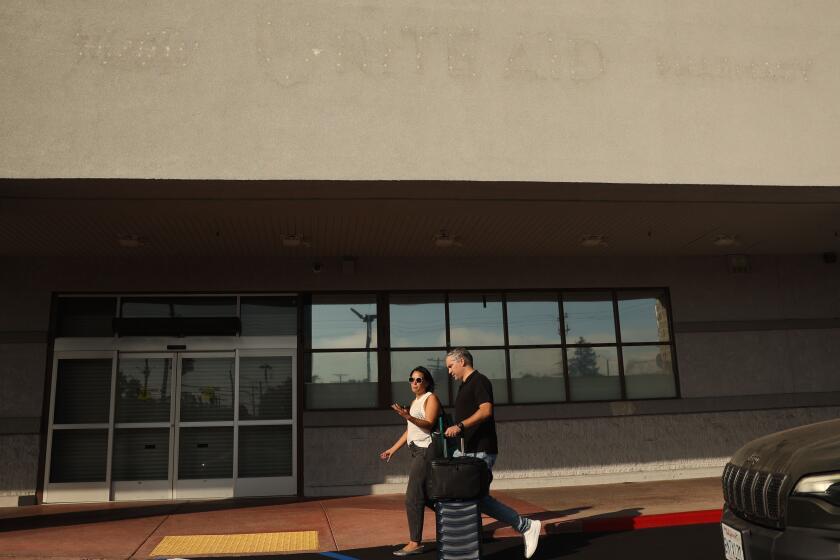Subdued inflation gives Fed more reason to maintain stimulus
WASHINGTON -- As the Federal Reserve concludes its two-day policy meeting Wednesday, one thing the central bank won’t be worrying about is an immediate flare-up of inflation. If anything, the concern might be that consumer prices are growing too slowly.
The latest indication was the government’s report Wednesday for September: It showed that the consumer price index, while rising 0.2% from August, was up just 1.2% in the 12 months through September. That’s the smallest increase since April.
The monthly gain in overall consumer prices was in line with analysts’ expectations and came because of a rebound in gas prices. But stripping out the volatile energy and food components, the so-called core consumer price index ticked up just 0.1% for the second straight month. And on a 12-month basis, this reading of core inflation was up 1.7%, down from 1.8% in August.
By this measure, inflation remains well below the Fed’s 2% target and 2.5% threshold for tightening policy, allowing officials to maintain a stronger focus on lowering unemployment than its other mandate of controlling prices.
With inflation subdued and economic growth lackluster, Fed officials Wednesday are widely expected to announce a continuation of their $85-billion-a-month bond-buying stimulus, in addition to keeping the central bank’s benchmark short-term interest rate near zero.
Some Fed policymakers have expressed concerns that the Fed’s long stimulus campaign will lead to asset bubbles and runaway inflation. But the latest report suggests that the worry may be on the other side.
While deflation, or falling prices, is clearly bad as that discourages consumer spending and investments by companies, some economists see very low inflation also as unwelcoming, as counterintuitive as that may seem. That’s because higher inflation can lift business profits, conceivably allowing them to raise wages more easily. Inflation also can help lower the real cost of paying down debt, for consumers and governments alike.
In the months ahead, some analysts say, consumer prices are likely to rise toward the Fed’s target, but the drift down in September will likely add to some concern about inflation being too low. And it will give another reason for Fed officials to delay a slowing of their aggressive stimulus program.
“The Fed would not want inflation to drop much from its current rate, as was the case in the immediate aftermath of the Great Recession,” when core inflation slowed to a record low of less than 1%, said Arijit Dutta, a senior economist at Moody’s Analytics. “Another period of the economy flirting with deflation should be avoided because a deflationary spiral would be difficult for the Fed to combat with the few monetary policy tools it has left to deploy.”
ALSO:
Home price gains ease in most large U.S. markets
Some dollar-menu items are passing the buck
As stimulus tab rises for Fed, worries grow it may require a bailout
More to Read
Inside the business of entertainment
The Wide Shot brings you news, analysis and insights on everything from streaming wars to production — and what it all means for the future.
You may occasionally receive promotional content from the Los Angeles Times.











